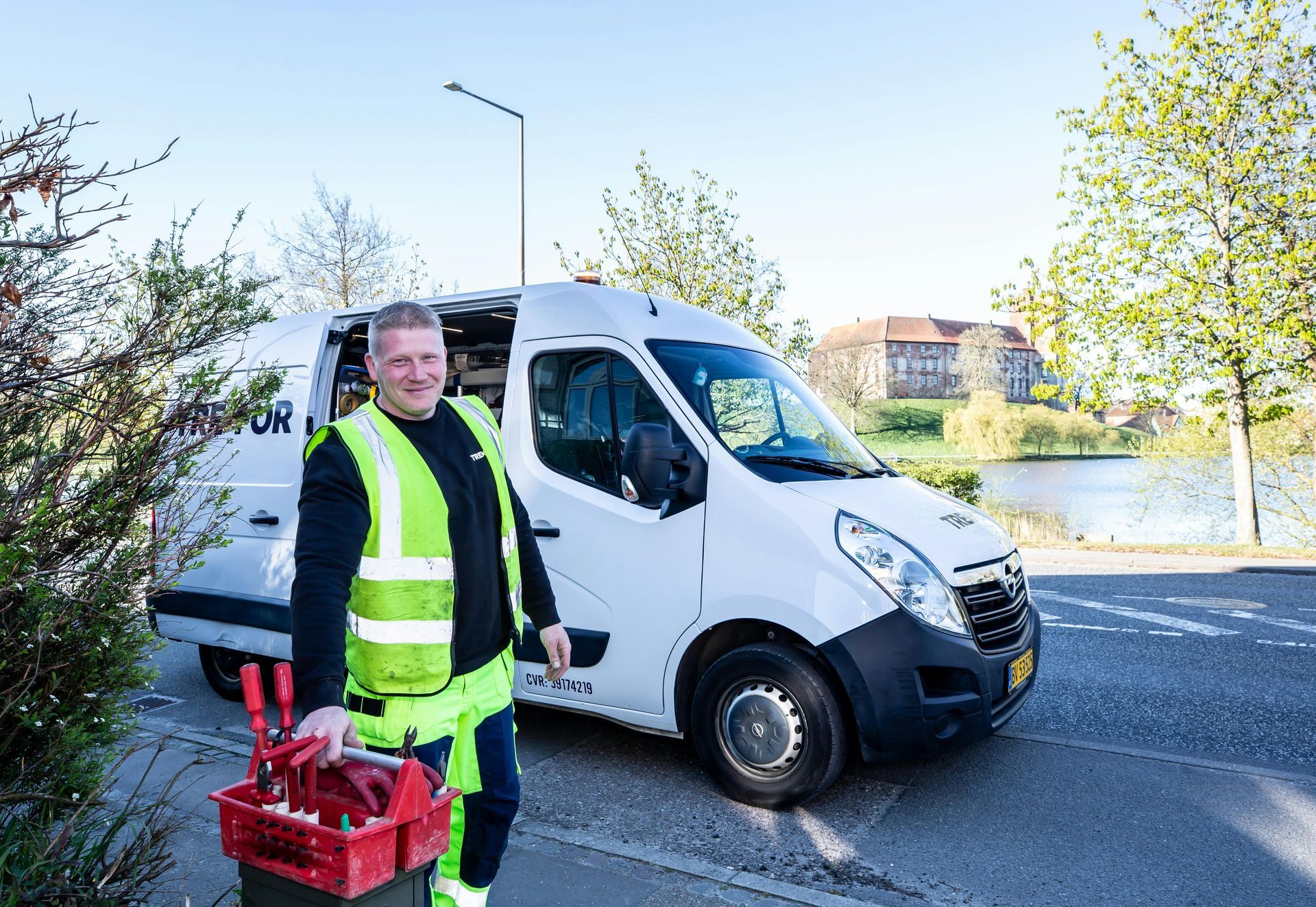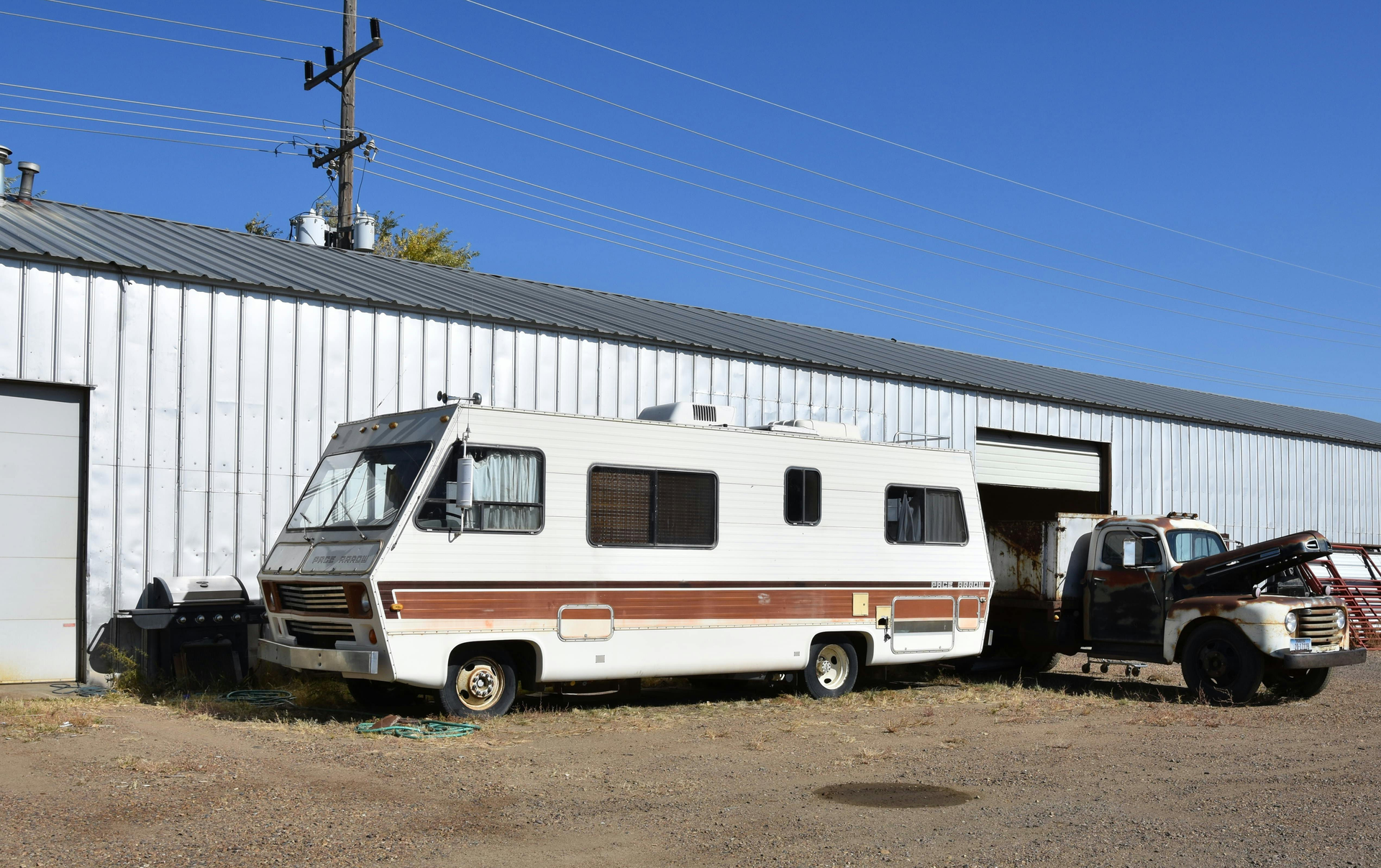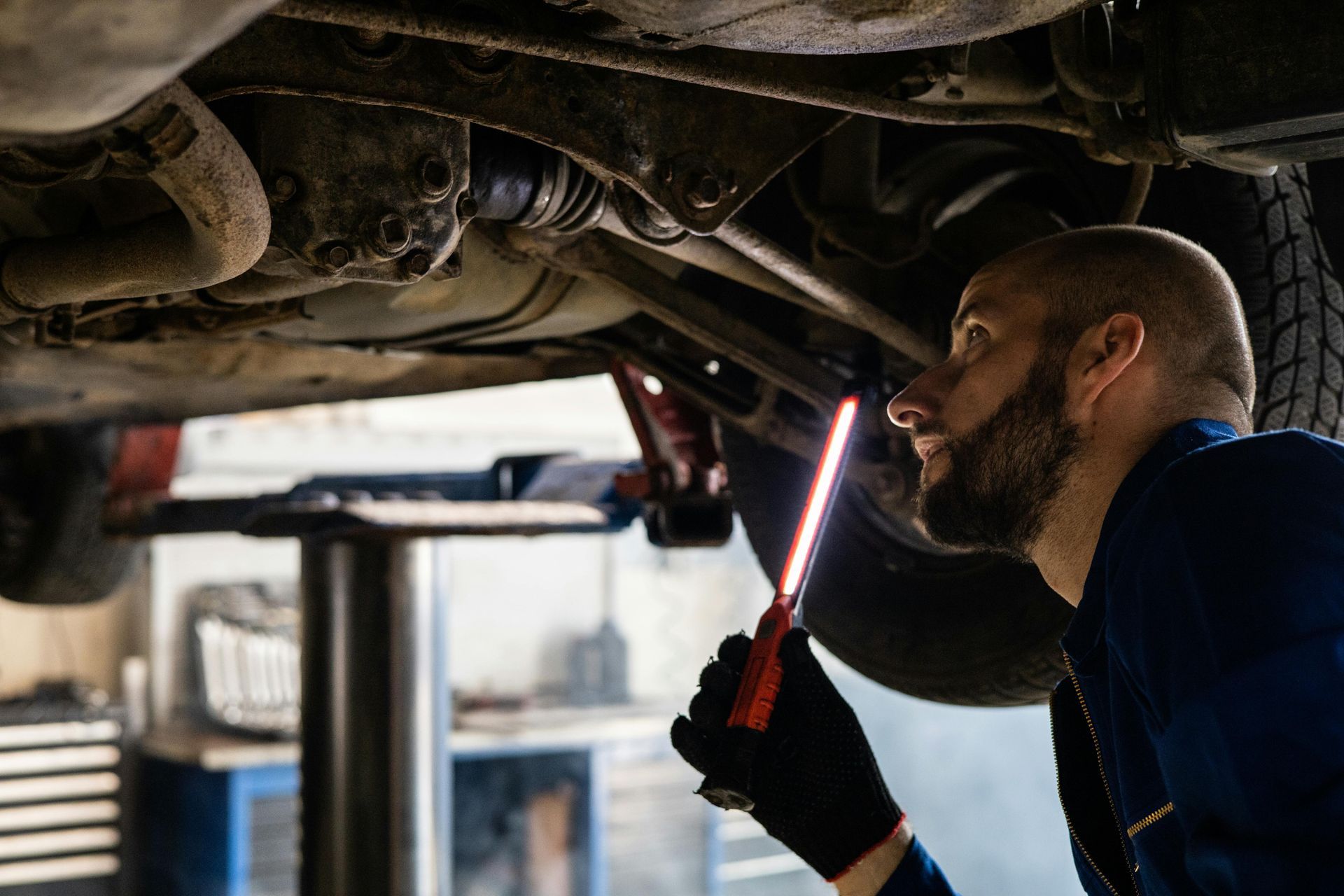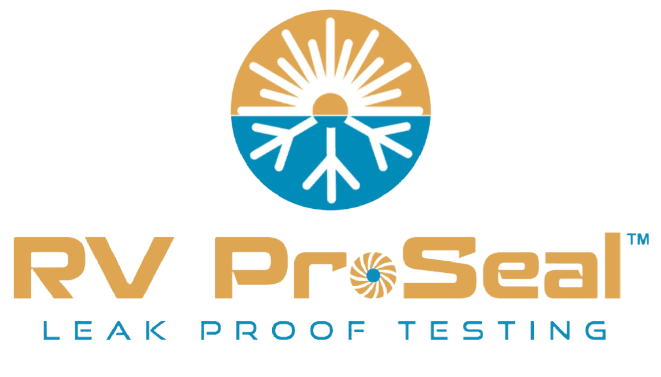What RV Sealants Can I Use On My RV?
🚐🛠️ Attention DIY RV Enthusiasts! 🛠️🚐

Proper RV exterior maintenance is not something to take lightly, especially when trying to maintain a leak free RV.
One of the facts we at RV ProSeal hate to report is RV owners are left out in the rain as the industry struggles to provide fast, quality service experience. This would explain the growing popularity of DIY jobs and products. We just love how the DIY product ads that make the jobs look so easy a child could do it… “Just slap it on and go!” lol. However, it’s the DIY product manufacturers who have the last laugh in the fine print leaving consumers holding the bag of issues without recourse.
What is more surprising is after the hundreds of RV we inspect every year, less than 1% of the DIY resealing jobs are successful longer term. Be sure to do all the proper research from professional sources and know your limitations before you start. Consider getting a professional RV inspection of your seals and sealants before you start.
For those how have a skillful hand, the patience of a saint and works well at heights to carefully strip the old sealants, properly clean and prep before recaulking the following is for you!
Note: We did not list some of the upgraded sealants we use because they are not available to the consumer for purchase. The products listed are readily available for sale from us, a local RV dealer or Amazon. Lastly, if your RV is still under any type of warranties be sure to contact the RV manufacturer with your VIN# to confirm what was used on your RV and use the same ones.
What RV Sealants can I use on my RV?
For Roofs
- SikaFlex 715 (or Dicor 501) self-leveling sealant for the roof.
- Alpha Systems 1021 self-leveling sealants for TPO roofs
- LaSalle Bristal XTRM Universal sealant for PVC roofs
- NuFlex 311 self-leveling for fiberglass roofs
For Sidewalls
- Geocel ProFlex RV (or Dicor 551) for the non-sag caulk.
- SikaFlex 221 for the adhesive sealant
Let's get into it:
1. Sikaflex 715 – designed for EPDM membranes. Sika doesn’t say anything about TPO or PVC compatibility, the word around the tech shop floors is that it works well with other plastic membranes. It also works on some fiberglass roofs and aluminum ones. Do a proper adhesion and compatibility test before you start! Sikaflex also has better compatibility with acrylic skylights, unlike some of its competitors.
It skins over in about 30-45 minutes, and it’s ready for light rain 10-15 minutes after a full skin forms.
Unfortunately, installing it will take a lot of work. Sika demands a clean substrate, free from any previous sealants. For many RV owners, that means removing all the old Dicor which is like removing gum off hot asphalt.
Sika’s adhesion to super-smooth plastics, like the mounting flange of a Dometic roof fan, is questionable. You might need to spray the surface with a plastic etching primer or rough up the surface with medium-grit sandpaper first.
Dicor 501 – Very popular, widely used by manufacturers and readily available. It is compatible with roof membranes like EPDM, TPO, and PVC, fiberglass, aluminum, and galvanized metal and wood. Some manufacturers state it does not adhere well to PVC OR TPO.
Skins in 5 mins and rain ready in 4 yrs.
2. Alpha Systems 1021 - Designed and used with Alpha TPO roofing system. 1021 takes a long time to cure. It takes 2 hours to skin over, and it shouldn’t be exposed to heavy rain for at least 24 hours.
3. LaSalle Bristal XTRM – Designed for roof applications with PVC roofs. Many campers with PVC membranes use the XTRM system, originally developed by Engineer Polymer Technologies (EPT) and distributed exclusively through LaSalle Bristol.
4. NuFlex 311 - A flowable, one-part, neutral-cure, elastomeric silicone sealant. Skins over in 60-90 minutes; allow at least 2 hours before exposure to light rain. Recommended by some manufacturers, like Winnebago, for fiberglass roofs, but also compatible with EPDM and TPO.
5. ProFlex RV – designed for sidewall applications and best for aluminum and fiberglass. Very sticky, crystal clear and won’t yellow. Can be easily tooled with soapy water. The best part, it will stick to old (prepped) ProFlex.
Unfortunately, it is difficult to remove. Use a sharp scraper or abrasion bad. It can also be removed with petroleum-based solvents like acetone or mineral spirits but not recommended to be used on an RV.
Dicor 551 - designed for sidewall, non-sag applications on RV roofing corner joints. Good for EPDM, TPO, aluminum, fiberglass, steel, and wood.
Skins in less than 5 mins and waterproof in 5 hours.
Unfortunately, it will shrink. Recommend bead size of ¼” to 3/8” and must be tooled otherwise when it shrinks it can minimize adhesion to the substrates and leave holes or gaps.
6. Sikaflex 221 is the only polyurethane non-sag sealant. Best for sidewall applications. It will also stick to the old 221.
Its real fussy…
It can’t meet with alcohol. If using alcohol to clean the substrate, you must let the alcohol flash off. It’s recommended you apply 211 at temperatures above 15 degrees (and no lower than 5 degrees).
Disclaimer: This article serves as an informative resource on the subject, offering insights and guidance without constituting a comprehensive how-to guide. The provided information is based on research and expertise up to the time of writing, but readers are cautioned that individual circumstances can vary, and practical application may require further research and professional advice. The author and publisher bear no responsibility for outcomes resulting from the use of this information, which should be considered a starting point for understanding rather than a substitute for personalized consultation or exhaustive instruction. Readers are encouraged to approach the content critically and exercise discretion.
Let the experts at RV ProSeal in Oakville make sure your RV is perfectly sealed.
You might also like





